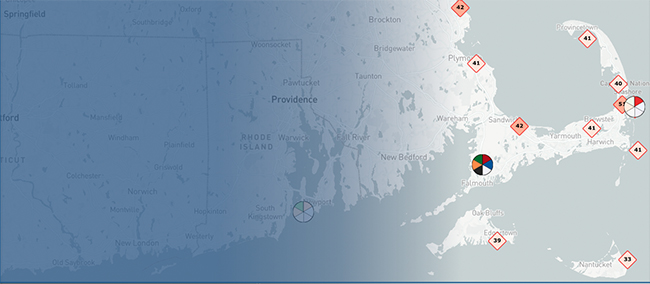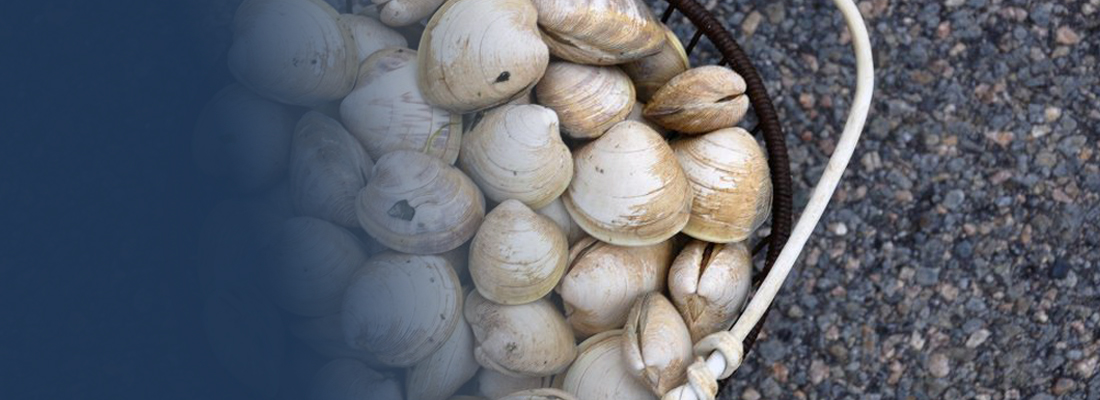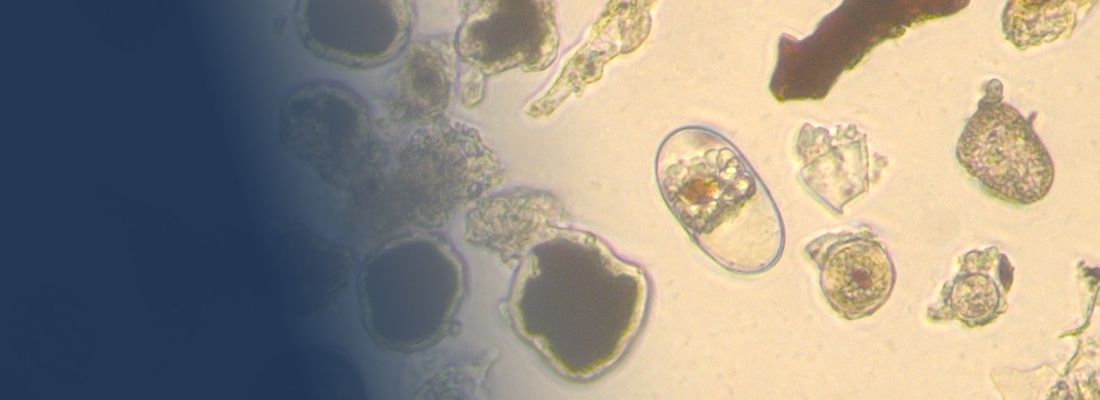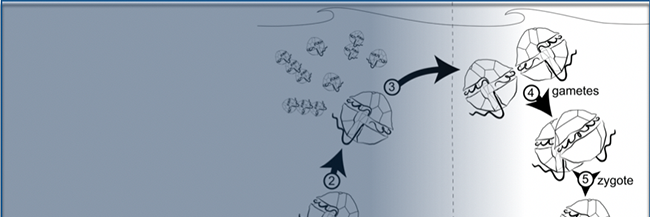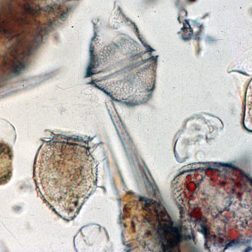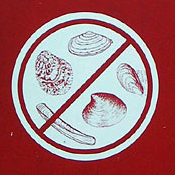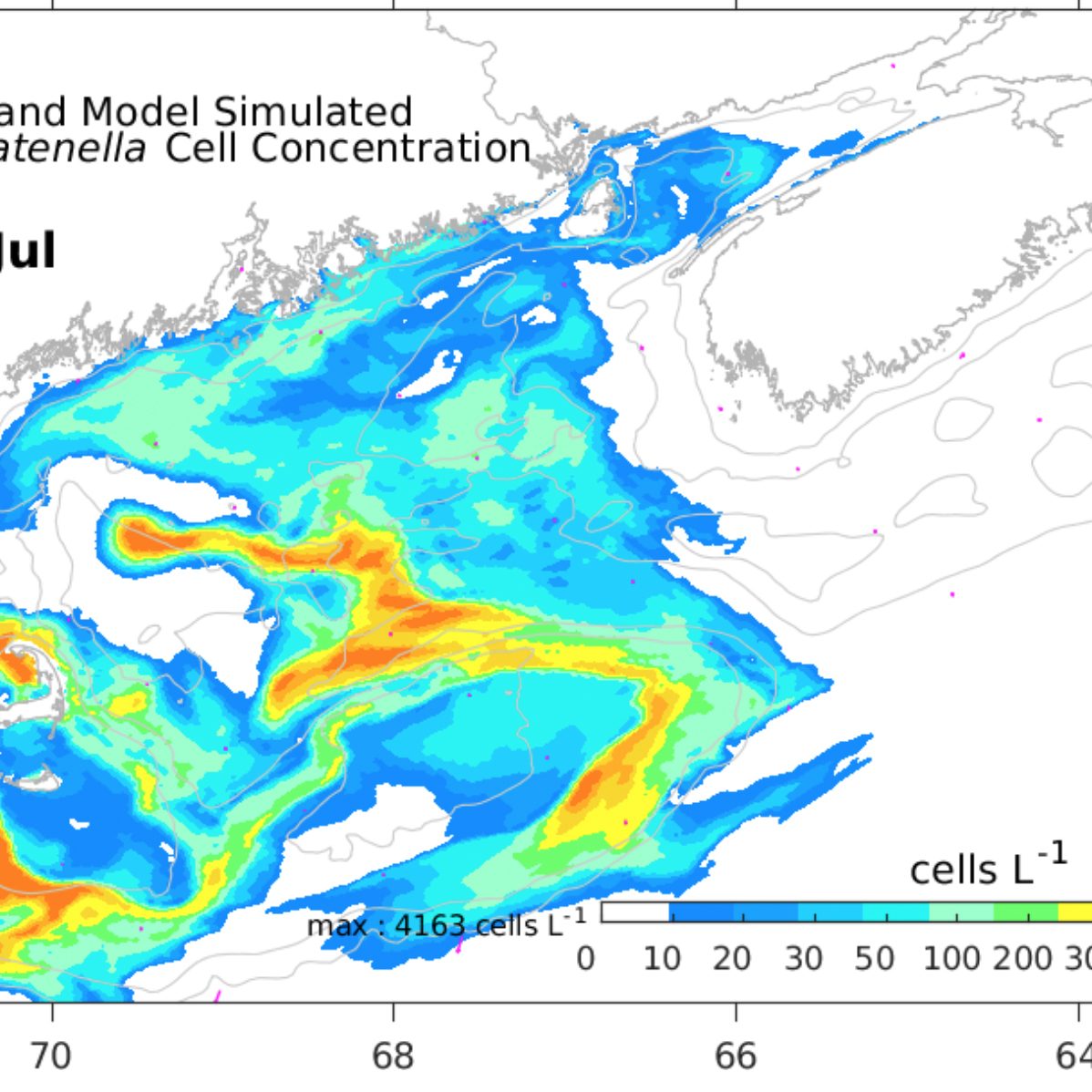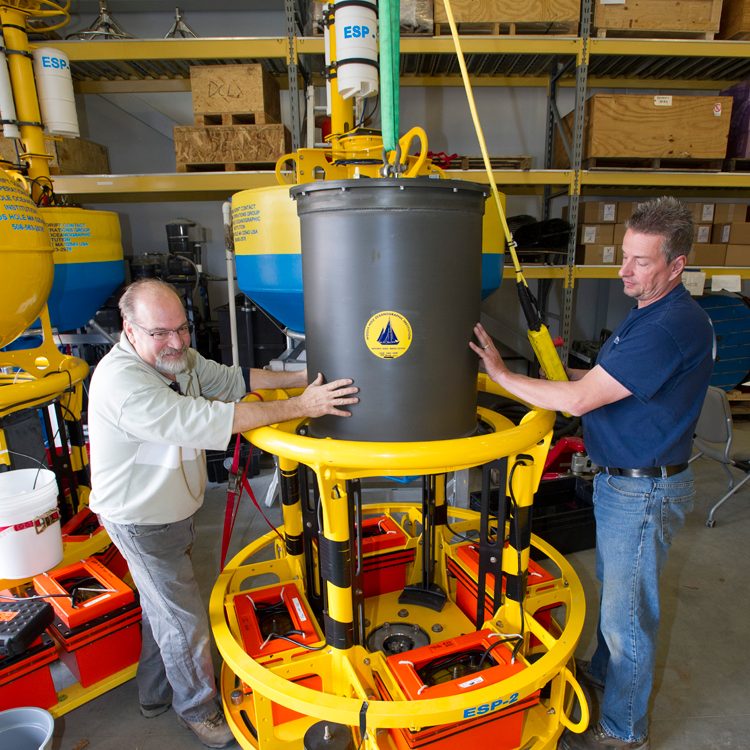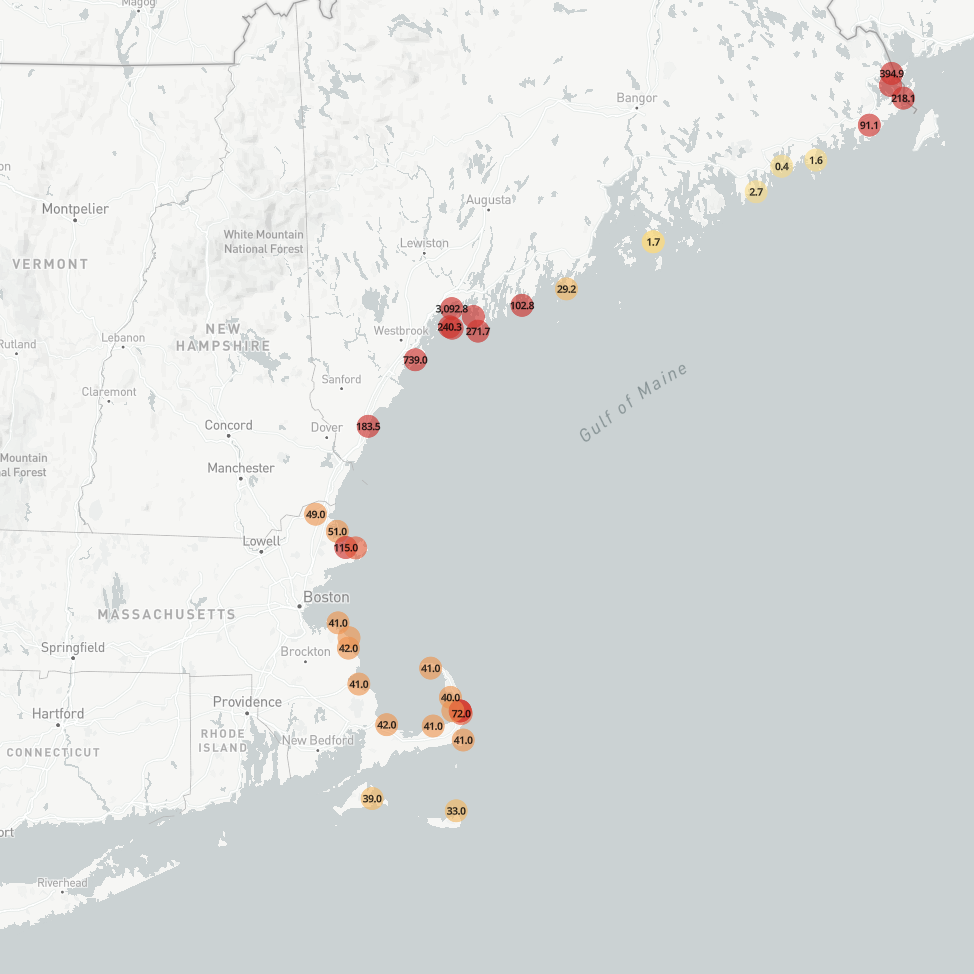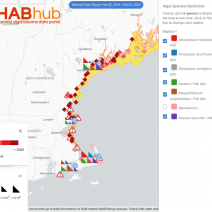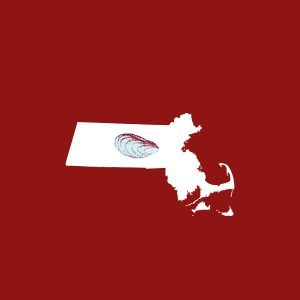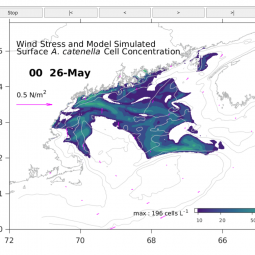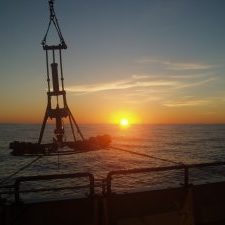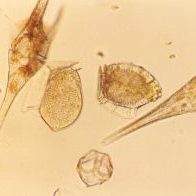HAB Species
Information about HAB species and syndromes
History
Learn about the history of HABs in New England waters
Bloom Forecasting
Annual forecasts simulating germination, growth, and transport of Alexandrium catenella cells
Sensors
HABON-NE utilizes a fleet of advanced sensors and deployment platforms for continuous and adaptive HAB monitoring
WHOI HAB Hub
Data portal for real-time sharing and visualization of sensor data, observations, and model products
About Northeast HAB
The management of harmful algal blooms (HABs) in New England has grown more challenging due to the emergence of New HAB species that can cause seafood poisoning and disrupt ecosystems. The Northeast HAB website was created as a regional resource that provides background information as well as access to bloom monitoring data and commentary, forecasting model products, and data collected by HAB sensors deployed throughout the region.

